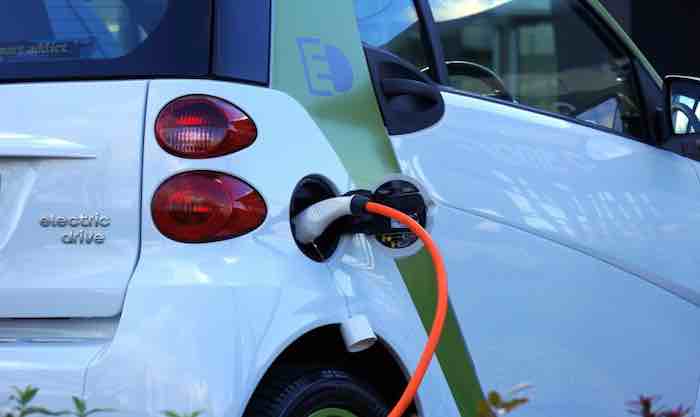By Institute for Energy Research —— Bio and Archives--May 8, 2019
Global Warming-Energy-Environment | Comments | Back To Full Article
 By 2040, more than half of new-car sales and a third of the global fleet--equal to 559 million vehicles--is projected to be electric. This poses serious challenges. Electric vehicle batteries typically must be replaced every seven to 10 years for smaller vehicles and three to four for larger ones, such as buses and vans. Declining performance for an electric vehicle battery is evidenced by fewer miles of driving per charge and more frequent plug-ins by owners.The global stockpile of these batteries is expected to exceed 3.4 million by 2025, compared with about 55,000 last year. This is almost a 62-fold increase in 7 years. Automobiles have overtaken consumer electronics as the biggest users of lithium-ion batteries. Because batteries contain toxic chemicals that should not be placed into a landfills, they need to be either recycled, which involves an intensive manufacturing process, or repurposed for other uses.
By 2040, more than half of new-car sales and a third of the global fleet--equal to 559 million vehicles--is projected to be electric. This poses serious challenges. Electric vehicle batteries typically must be replaced every seven to 10 years for smaller vehicles and three to four for larger ones, such as buses and vans. Declining performance for an electric vehicle battery is evidenced by fewer miles of driving per charge and more frequent plug-ins by owners.The global stockpile of these batteries is expected to exceed 3.4 million by 2025, compared with about 55,000 last year. This is almost a 62-fold increase in 7 years. Automobiles have overtaken consumer electronics as the biggest users of lithium-ion batteries. Because batteries contain toxic chemicals that should not be placed into a landfills, they need to be either recycled, which involves an intensive manufacturing process, or repurposed for other uses.The Comment section of online publications is the new front in the ongoing Cancel Culture Battle.
Big Tech and Big Media are gunning for the Conservative Voice—through their Comment Sections.
Canada Free Press wishes to stay in the fight, and we want our fans, followers, commenters there with us.
We ask only that commenters keep it civil, keep it clean.
Thank You for your patience and for staying aboard the CFP ‘Mother Ship’.
READ OUR Commenting Policy